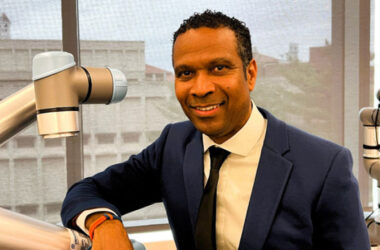BEHIND the glossy appearance of your favourite programmes, websites and apps, there is a surprising degree of difficulty involved in building these software products correctly. This difficulty involves the need to balance competing aspects of design, usability, and complexity. How do you design and deliver a good product when you are dealing with the tensions of twenty different ideas during the process? It is a challenge, but it must be done carefully and thoughtfully. A challenge that is faced every day by system developers and computer programmers.
Programmers use a special tool called a compiler, to help them avoid bugs in their programmes. The compiler reports an error message when it detects a problem. Although that sounds like it should make the process easy, it can also cause some confusion. Why? A single bug may cause multiple errors to be reported. Even worse, some problems may not be detected at all, and no error messages are reported! No news is not necessarily good news; the absence of error messages may still mean that the programme is faulty. You can imagine that dealing with this potential source of confusion requires logic, attention, and skill.
Dear Reader, there is a powerful lesson in this simple description of a very technical process. If many messages might represent a single problem, and no messages might still represent several problems, then there is room for doubt. You would be wise not to place your trust only in messages that you have already seen. A hidden problem might still be present.
This simple observation holds true for computer programmes, as well as for larger organisational practices. There is a natural tendency to stop noticing everyday sounds and smells around us, but a visitor will instantly notice those sounds and smells that were being filtered out.
Although it can — and should — be a source of comfort to refer to the lack of issues or errors reported, you may need additional measures to provide the required confidence that your operations and systems are still fit for purpose.
As always, you should be guided by the potential impact of your organisation’s activities. Conducting a regular risk assessment exercise may help provide you with some assurance. A change of perspective, and of analysis, might also assist you in clarifying your vision, and in diagnosing those pesky problems that were under your very nose.
Have you assessed your systems and operations? Are you fully confident in them?














